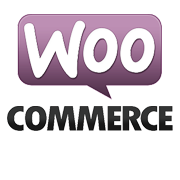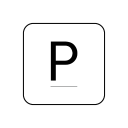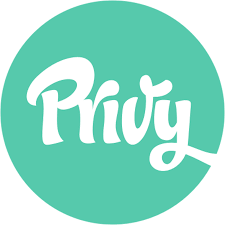How I Started A $33K/Month Bee-Inspired Goods Business
Hello! Who are you and what business did you start?
I am Kara Brook Brown. I am a serial entrepreneur. Waxing Kara is my fourth business and the first business that has involved the manufacturing and distribution of products. My previous companies were service-based in graphic design, technology innovation, and digital space. I am also a painter with a particular interest in encaustic painting, which requires beeswax.
Today, Waxing Kara creates delicious natural Bee Inspired® food products and skin-loving bath and beauty goods that include ingredients that exist thanks to the honeybee. Our flagship products are artisanal raw honey and honey-based home spa products.
I started working on and in this business in a very part-time manner until 2015, when I made a full-time commitment. Today we are at $33K per month with three full-time staff, including me. Plus two part-timers.


Download the report and join our email newsletter packed with business ideas and money-making opportunities, backed by real-life case studies.

Download the report and join our email newsletter packed with business ideas and money-making opportunities, backed by real-life case studies.

Download the report and join our email newsletter packed with business ideas and money-making opportunities, backed by real-life case studies.

Download the report and join our email newsletter packed with business ideas and money-making opportunities, backed by real-life case studies.

Download the report and join our email newsletter packed with business ideas and money-making opportunities, backed by real-life case studies.

Download the report and join our email newsletter packed with business ideas and money-making opportunities, backed by real-life case studies.

Download the report and join our email newsletter packed with business ideas and money-making opportunities, backed by real-life case studies.

Download the report and join our email newsletter packed with business ideas and money-making opportunities, backed by real-life case studies.






























